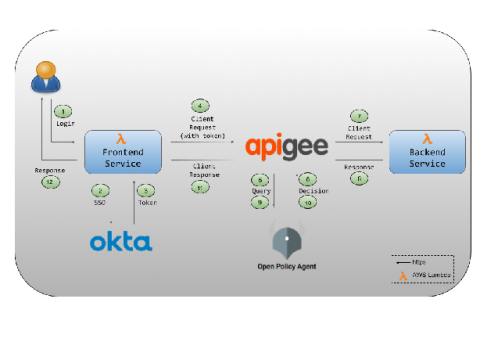Using Real-User Monitoring to Understand API Performance
In our previous article we talked about Synthetic Monitoring—a technique used to automate the testing and monitoring of resources by performing simulated user interactions and API calls. Now we're going to look at a complimentary technique called real-user monitoring which takes a more passive hands-off approach.




